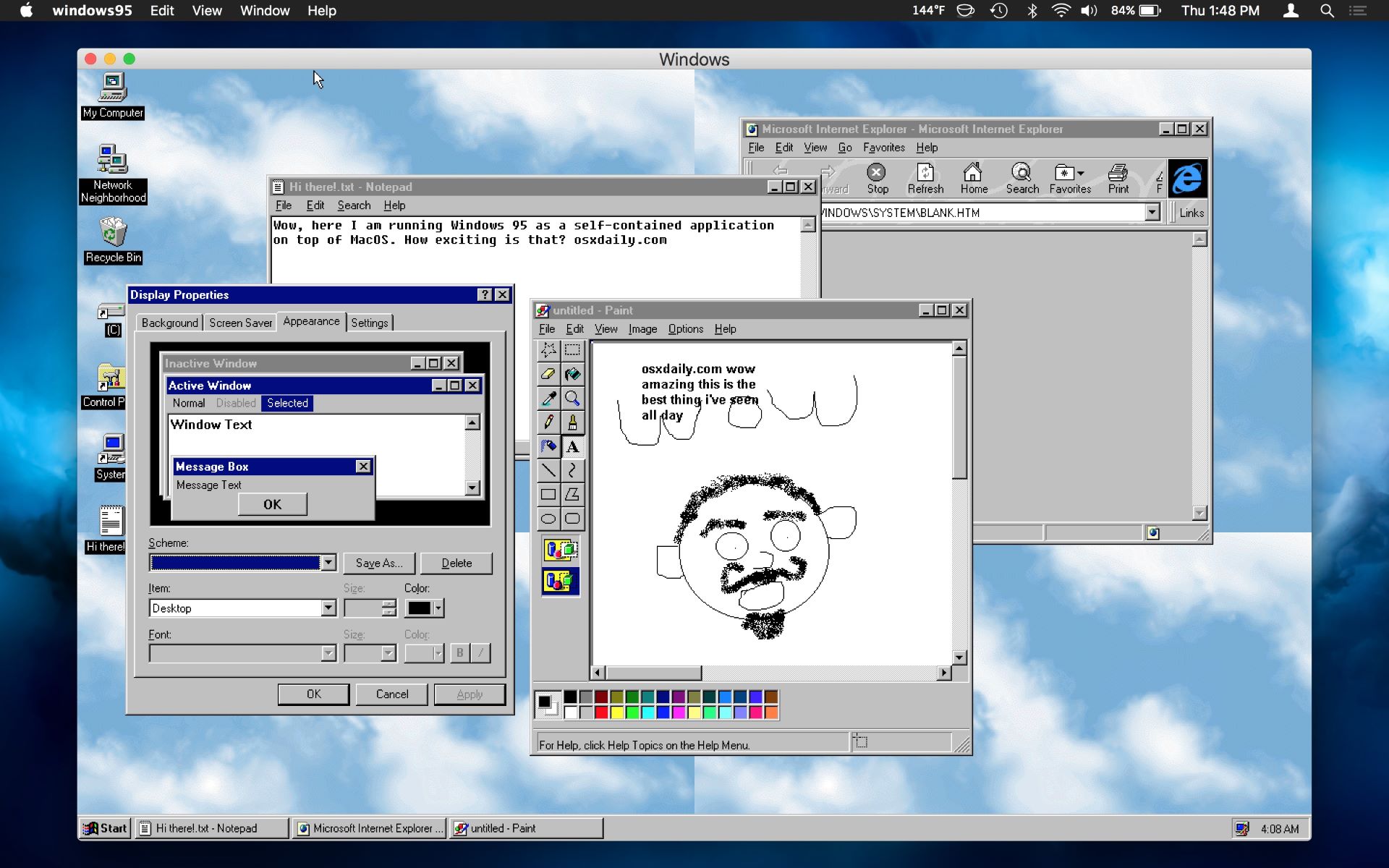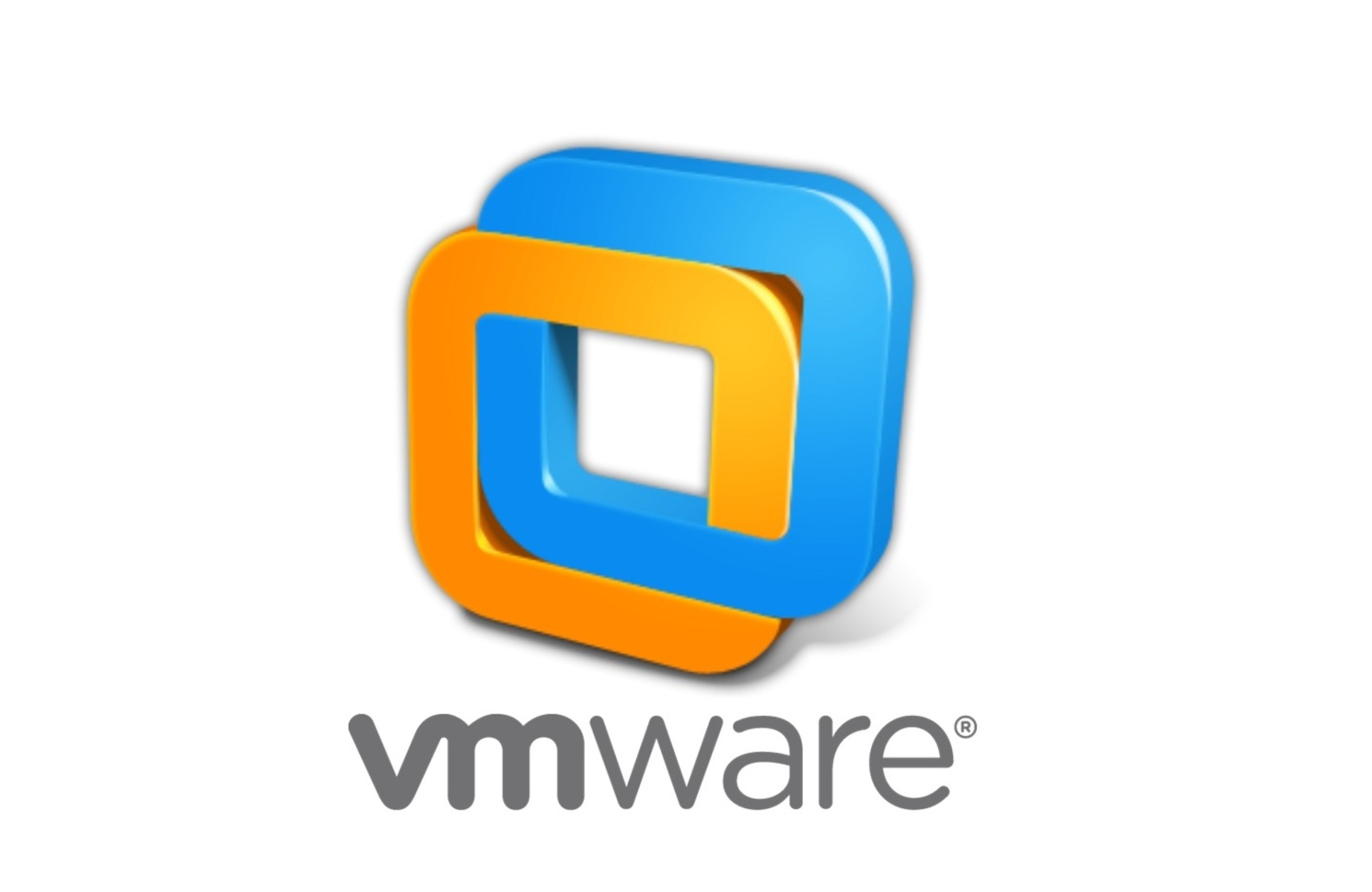Introduction
Welcome to this guide on how to enable and use the copy and paste feature in VMware Workstation. VMware Workstation provides a virtualization platform that allows you to run multiple operating systems on a single physical machine. This enables you to efficiently use resources and separate different environments for testing, development, or other purposes.
Copy and paste functionality is a convenient feature that allows you to easily transfer text and files between your host machine and the virtual machine running in VMware Workstation. By enabling this feature, you can save time and effort by seamlessly sharing information without the need for external storage devices or network transfers.
In this guide, we will explore how to enable copy and paste functionality in different modes within VMware Workstation. Whether you are using the “Drag and Drop” mode or the “Shared Folders” mode, we will cover the steps needed to configure these features properly.
Additionally, we will provide troubleshooting tips for common copy and paste issues that you may encounter. If you experience any difficulties or limitations while using the copy and paste feature, we will help you identify and resolve these problems to ensure a smooth and seamless virtualization experience.
Now let’s dive into the details of how to enable and use copy and paste functionality in VMware Workstation. Whether you’re a beginner or an experienced user, this guide will provide you with the necessary information to enhance your virtual machine experience and improve your productivity. Let’s get started!
Enabling Copy and Paste in VMware Workstation
To enable copy and paste functionality in VMware Workstation, follow the steps outlined below:
- Ensure that the VMware Tools are installed: The VMware Tools are a set of utilities and drivers that enhance the performance and functionality of the virtual machine. In most cases, the VMware Tools are automatically installed when you create a new virtual machine. However, if they are not installed, you can manually install them by selecting “Install VMware Tools” from the “VM” menu in VMware Workstation. Once installed, restart the virtual machine for the changes to take effect.
- Enable copy and paste in the virtual machine settings: With the virtual machine powered off, go to the “Edit virtual machine settings” option in VMware Workstation. In the settings window, select the “Options” tab and choose “Guest Isolation” from the left-hand panel. Then, check the “Enable copy and paste” option under the “Copy and paste” section. Click “OK” to save the changes.
- Restart the virtual machine: After enabling copy and paste in the virtual machine settings, power on the virtual machine to apply the changes. Once the virtual machine has fully booted up, you should be able to use the copy and paste functionality between the virtual machine and the host machine.
By following these steps, you can effortlessly enable copy and paste in VMware Workstation. This feature is particularly useful when you need to transfer text, URLs, or small files between the host and virtual machines quickly and conveniently.
It is important to note that copy and paste functionality may have limitations depending on the operating system running in the virtual machine and the host machine. For example, if you are running a Windows virtual machine on a macOS host, certain formatting or file types may not be copied correctly. Additionally, some security settings or policies may restrict the usage of copy and paste functionality. If you encounter any issues, refer to the troubleshooting section of this guide for potential solutions.
Now that you have enabled copy and paste in VMware Workstation, you can seamlessly transfer information between your host and virtual machines. In the next sections, we will explore how to enable copy and paste in specific modes, such as “Drag and Drop” and “Shared Folders.” Stay tuned!
Enabling Copy and Paste in “Drag and Drop” Mode
In addition to the standard copy and paste functionality, VMware Workstation also provides a “Drag and Drop” mode that allows you to transfer files between the host machine and the virtual machine by simply dragging and dropping them. To enable this feature, follow the steps below:
- Ensure that the “Drag and Drop” mode is enabled: Start by powering on the virtual machine and selecting it from the VMware Workstation library. Then, click on “Player” in the top menu and choose “Manage” > “Virtual Machine Settings”. In the settings window, select the “Options” tab and click on “Guest Isolation” on the left-hand panel. Under “Drag and Drop”, choose the desired option – “Disabled” to disable drag and drop, “Host to Guest” to enable drag and drop from the host to the virtual machine, or “Guest to Host” to enable drag and drop from the virtual machine to the host. Click “OK” to save the changes.
- Restart the virtual machine: Once you have enabled the “Drag and Drop” mode, restart the virtual machine for the changes to take effect.
After following these steps, you can now easily transfer files by dragging and dropping them between the host machine and the virtual machine. This feature is particularly useful when you need to quickly share large files or multiple files without the need for external storage devices or network transfers.
It’s important to note that the “Drag and Drop” mode has some limitations. For example, you may not be able to drag and drop files between different operating systems or across different versions of VMware Workstation. Some file types or formats may also not be supported for drag and drop operations. In such cases, resorting to the standard copy and paste functionality is recommended.
In the next section, we will explore how to enable copy and paste in “Shared Folders” mode, which allows you to share folders between the host and virtual machines. This provides a convenient way to transfer and access files without the need for manual copying or moving. Keep reading to learn more!
Enabling Copy and Paste in “Shared Folders” Mode
VMware Workstation’s “Shared Folders” mode provides a convenient way to share folders between the host machine and the virtual machine. This allows for easy file transfers and seamless access to shared files without the need for manual copying or moving. To enable copy and paste functionality in “Shared Folders” mode, follow these steps:
- Ensure that the VMware Tools are installed: As mentioned earlier, the VMware Tools enhance the performance and functionality of the virtual machine. Make sure that they are installed by selecting “Install VMware Tools” from the “VM” menu in VMware Workstation. Restart the virtual machine after the installation is complete.
- Configure shared folders: Power on the virtual machine and select it from the VMware Workstation library. Go to “Player” in the top menu and choose “Manage” > “Virtual Machine Settings”. In the settings window, select the “Options” tab and click on “Shared Folders” on the left-hand panel. Add the folders you want to share by clicking on “Add” and selecting the desired host folders. Choose the appropriate sharing options, such as read-only or read-write access, and click “OK” to save the changes.
- Mount shared folders: Start the virtual machine and log in to the guest operating system. Depending on the operating system, you may need to manually mount the shared folders. For example, in a Windows guest, you can go to “Computer” or “This PC” and select “Map network drive” to assign a drive letter to the shared folder. In a Linux guest, you can use the “mount” command to mount the shared folder to a directory.
Once you have completed these steps, you can now easily access and transfer files between the host machine and the virtual machine through the shared folders. To copy files, simply navigate to the shared folder on either the host or virtual machine and perform the standard copy and paste operations.
It’s important to note that the availability of shared folders may depend on the guest operating system and the virtual machine settings. For example, if you are running a macOS guest, shared folders may not be available due to limitations imposed by Apple. Additionally, ensure that the VMware Tools are up to date to ensure optimal performance and compatibility when using shared folders.
In the next section, we will address common copy and paste issues and provide troubleshooting tips to help resolve them. Stay tuned for useful insights to overcome any challenges you may encounter!
Troubleshooting Common Copy and Paste Issues
While copy and paste functionality in VMware Workstation is generally reliable, there may be instances where you encounter issues or limitations. In this section, we will discuss some common problems and provide troubleshooting tips to help resolve them:
1. Copy and paste not working: If copy and paste is not working between the host and virtual machine, ensure that the “Enable copy and paste” option is enabled in the virtual machine settings. Restart the virtual machine and check if the issue is resolved. If not, try reinstalling the VMware Tools and restarting both the host and virtual machine.
2. File transfer issues: If you are experiencing problems with transferring files using copy and paste or drag and drop, verify that the file types are supported for the respective operations. Certain file types, such as executable files, may be restricted due to security settings. It is also important to ensure that the file size does not exceed the limitations of your virtual machine or host operating system.
3. Compatibility issues: Copy and paste may not work properly between different operating systems or versions of VMware Workstation. Ensure that both the host and virtual machine have the latest updates and patches installed. If you are using an older version of VMware Workstation, consider upgrading to a newer release to benefit from improved compatibility.
4. Security settings: Some security settings or policies on the host or virtual machine may restrict the usage of copy and paste functionality. Make sure that your antivirus or firewall software is not blocking the necessary communication channels. Adjust the security settings if needed, but exercise caution to maintain a secure environment.
5. Network issues: If your host or virtual machine is experiencing network connectivity problems, it may affect the functionality of copy and paste. Ensure that your network connections are stable and properly configured. Restart the network adapters if necessary, both on the host and virtual machine, to reset any potential network-related issues.
By following these troubleshooting tips, you can address common copy and paste issues in VMware Workstation. If the problem persists or if you encounter a specific error message, consult the VMware Workstation documentation or online support resources for further assistance.
In the next sections, we have covered the various aspects of enabling and using copy and paste functionality in VMware Workstation. We have explored different modes, such as “Drag and Drop” and “Shared Folders”, and provided troubleshooting tips to overcome common issues. Now, you should be equipped with the knowledge to optimize your virtualization experience and enhance productivity.
Conclusion
In conclusion, enabling and using the copy and paste feature in VMware Workstation is a valuable tool that enhances the efficiency and convenience of your virtualization experience. By following the steps outlined in this guide, you can easily enable copy and paste functionality between the host and virtual machine, as well as explore additional modes such as “Drag and Drop” and “Shared Folders” for seamless file transfers.
Whether you need to transfer text, URLs, or files, copy and paste provides a quick and efficient method to move information between your host machine and virtual machines. The ability to effortlessly share files, without the need for external storage or complex network configurations, can significantly improve productivity and streamline your workflow.
However, it’s important to keep in mind that copy and paste functionality may have limitations, depending on the operating systems involved and the specific configurations within VMware Workstation. By following the troubleshooting tips provided in this guide, you can overcome common issues and ensure a smooth copy and paste experience.
Remember to regularly update your VMware Tools to benefit from the latest enhancements and bug fixes. Additionally, refer to the VMware Workstation documentation or seek support resources for more detailed information and assistance on specific issues.
In summary, the copy and paste functionality in VMware Workstation plays a vital role in enhancing the flexibility and convenience of virtual machine operations. By enabling and utilizing this feature effectively, you can optimize your virtualization experience and improve your overall productivity. Keep exploring and experimenting with the various features VMware Workstation offers to unlock even more potential in your virtualized environments.

























